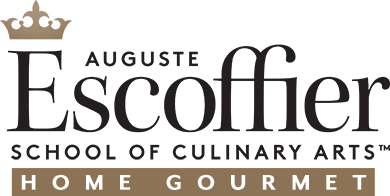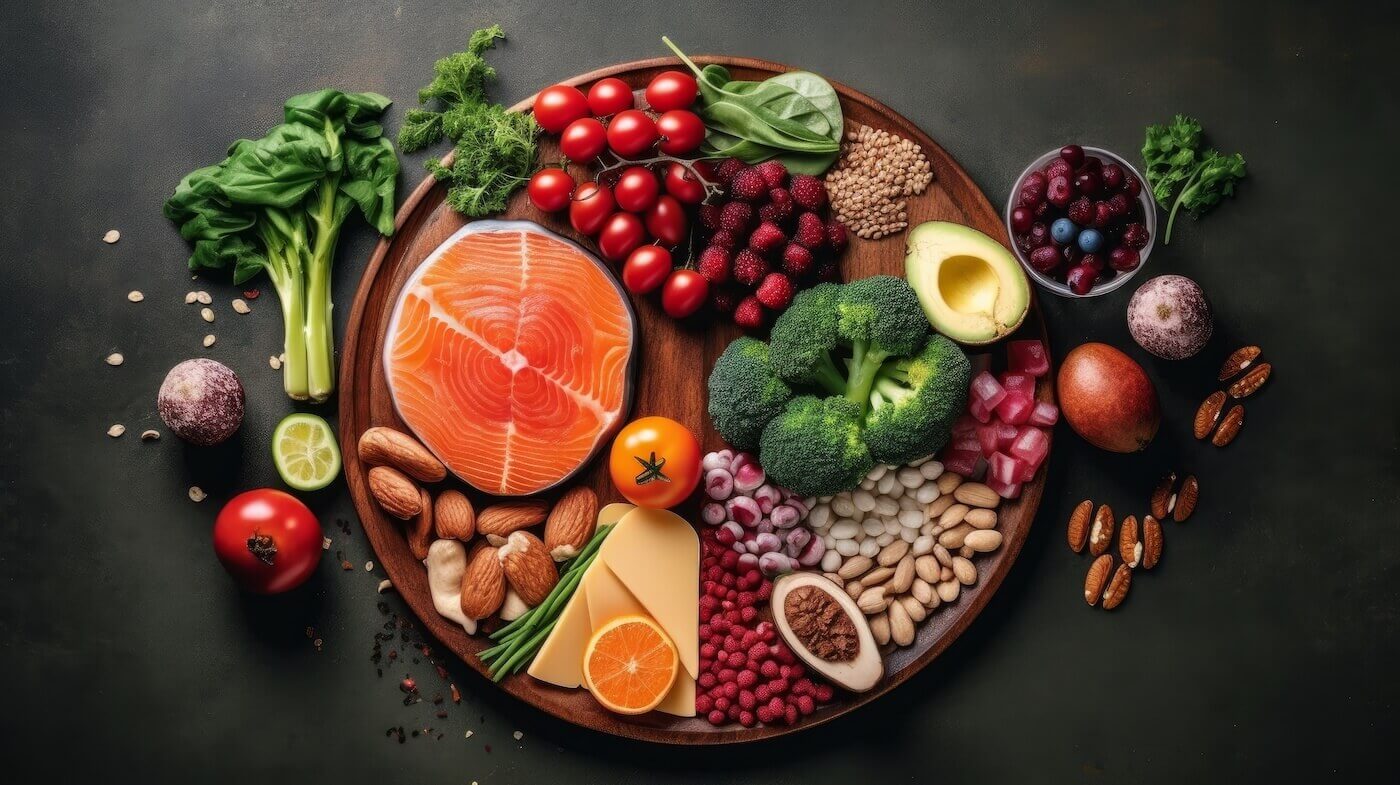How Color Affects Appetite: What Colors Make You Hungry?
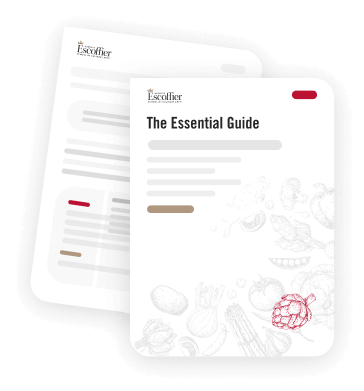
The warm and comforting allure of a golden pastry. The refreshing appeal of a green salad. Whether we’re aware of it or not, the colors we encounter in our daily lives can have a profound impact on our moods and decisions, and, intriguingly, they can either stimulate our appetites or blunt them.
For a home cook, learning how colors can affect our appetites can help your meals feel more inviting and satisfying. Conversely, using colors that suppress the appetite could be useful when serving calorie-rich or indulgent foods, subtly encouraging moderation.
In social settings, understanding color psychology can help a home cook set the tone for different types of gatherings, from festive parties to intimate dinners. In this article, we’ll take a look at the color psychology behind how different colors affect our appetites and eating patterns and how you can leverage them in your cooking.
Enticing Shades: Colors That Stimulate the Appetite
Wondering how color can have the power to stimulate your appetite? Understanding the psychology of color can offer valuable insights into our eating habits and can be a helpful tool for a home cook to evaluate their dishes.
A study published in the Journal of Education, Humanities, and Social Sciences investigates how color influences eating behavior, separating the color spectrum into two sides:
- Warm colors, including red, orange, and yellow
- Cool colors, including green, blue, and purple
This research was conducted using a survey that showed the same foods with different filters over them, one a warm colored filter and the other a cool toned filter. Participants were instructed to select their preference between the two options, and results show that in all four scenarios tested, individuals preferred foods with warm-color filters over cool-color filters. From these results, it was concluded that there’s a general tendency in individuals to prefer eating food with warm-colored filters compared to cold-colored filters. In other words, foods with warm colors are more appetizing in appearance.
Below are the colors that have been found to stimulate the appetite:
Red Makes You Very, Very Hungry
Red has been found by researchers to be the most stimulating color for our appetites. According to research published in Frontiers in Psychology, this is rooted in the body’s biological response to red, which is known to increase your heart rate and blood pressure. This stimulates the body’s metabolism, increasing the urge to eat more while creating feelings of excitement around food. This can be especially helpful to keep in mind if you’re cooking for kids- sprinkling in some red vegetables can make these healthier food options more appetizing while encouraging a healthy and balanced diet.
Orange Grabs Your Attention
According to research presented at the 4th International Conference on Bio-Engineering for Smart Technologies, orange is an exciting, attention-grabbing color. It is thought to encourage socialization, which could be an indirect stimulant for the appetite. Orange is also known to exhilarate the mind and produce feelings of informality, so adding in some orange foods to a healthy platter can also help to encourage balanced eating.
Yellow Can Make You Happy
Studies conducted by the National Library of Medicine show that yellow is associated with happiness and energy due to the color’s association with natural sunlight. This feeling of happiness can influence people to overindulge in certain foods without being too preoccupied with overeating or the food’s nutritional value. This color is often combined with orange or red to increase the impact that these warm colors have upon boosting your mood and your appetite.
Green Means Freshness…Most of the Time
The color green is associated with abundance, freshness, and plants that are found in nature. However, green foods might not be considered appetizing when it is the color of a non-vegetable. If you enjoy cooking for a crowd, consider sprinkling in greens in your dishes or serving a platter of fresh green foods off to the side to help show your guests your health-conscious hosting skills!
If you’re interested in learning more about how you can use these color principles to make sure your meals are satisfying and memorable, consider checking out our degree or diploma programs to help you elevate your cooking and hosting skills to the next level.
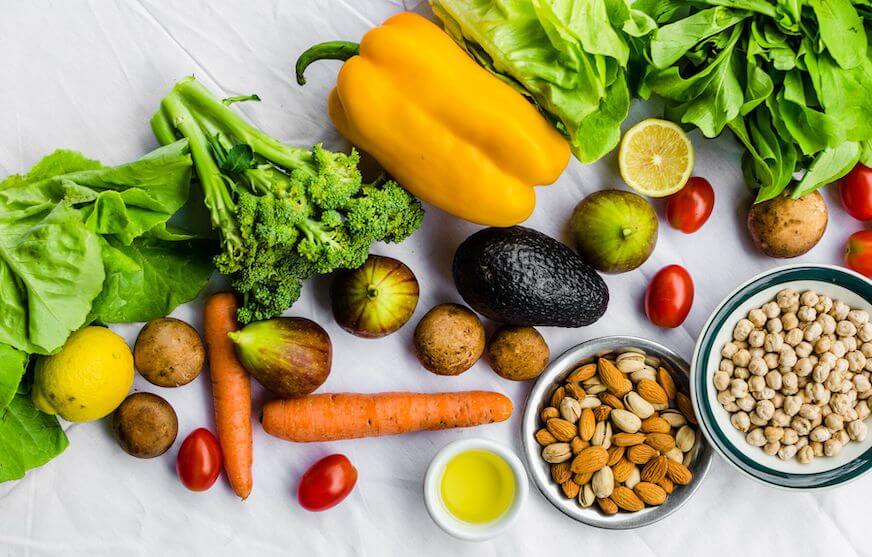
Warmer colors and greens can be great for stimulating the appetite.
- Red: Associated with excitement and increased metabolism
- Orange: Associated with informality and happiness
- Yellow: Associated with happiness and energy
- Green: Associated with freshness and abundance
Colors That Blunt the Appetite Can Still Create Culinary Adventure
Just like color can help stimulate the appetite, certain colors are believed to act as appetite suppressants, often because they are rare in the context of natural foods, therefore serving as a subconscious deterrent. Escoffier’s partnership with America’s Test Kitchen offers courses tailored to home chefs that help ensure your guests are more open to trying diverse and adventurous dishes without being subconsciously deterred by unappetizing colors.
Keep reading to find out what these colors are and the effect that they may have on our moods and appetites.
Blue is Too Rare to be Enticing
The color blue is considered to be an appetite suppressant due to the fact that there aren’t many blue foods that are found in nature or commonly eaten. As a result, this color is considered to be an appetite suppressant. This is the reason that many popular food chains do not use the color blue in their advertisements. While color psychology shows that this color is known to produce feelings of calm and reliability, these feelings don’t stimulate the appetite like the warmer colors do.
Purple is the Color of Kings, but Not Most Cuisine
Similar to blue, the color purple is very rarely found in foods. Research has also found purple to be an appetite-suppressant, in part due to the lack of naturally purple foods. Foods that are naturally this color include eggplants, purple cabbage, and red onions, which not everyone finds to be appealing.
Black Impacts the Brain Negatively
Black is another color that consumers typically tend to steer clear of, as this is also not typically a naturally occurring color in food. But you may still be able to use black as part of your presentation. A study in the Asia Pacific Journal of Marketing and Logistics found that among plate colors, black is the most appetizing. So, if you can’t have black food, you can certainly incorporate the hue as part of your table setting.
As a home cook, it’s generally best to avoid serving your guests meals that have colors typically not found in nature. This can make the foods seem synthetic and lacking in freshness, and might not allow you to show off your best skills as a home cook. If you do work these colors into your creations, try opting for the few fresh foods that fall into this color palette, or consider incorporating these colors during holiday gatherings where foods in unexpected colors could add a sense of fun to your dishes!
Brown Can Be Comforting or Cringeworthy
While the color brown is associated with bread and baked goods, it typically is not seen as one that increases appetite. This makes sense when you consider the fact that brown can be associated with food that has been burnt or overdone, which is not appetizing. As a home cook, it’s best to stick to the color brown primarily for baked goods or dishes that call for browning at the top.
- Blue: Associated with unnatural foods
- Purple: Associated with foods that aren’t widely appealing
- Black: Associated with ingredients that are not naturally occurring
- Brown: Associated with burnt or overdone food
Harnessing the Power of Color Psychology in your Cooking
Color can be a powerful way to stimulate the appetite by deeply impacting our moods and perceptions of different foods. Knowledge of how different colors evoke emotions, stimulate or suppress appetite, and influence perceptions of taste can allow a home chef to craft meals that resonate deeply with diners, making the culinary experience memorable.
Make sure to check out Escoffier’s culinary & pastry arts programs that can help give your home cooking skills a professional edge through training with professional Chef Instructors. With the right education to elevate your color theory knowledge, you can be on your way to creating visually stunning and unforgettable dining experiences that will help you leave a lasting impression on your guests.
Interested in learning more home cooking tips and advice? Check out these articles next!
- How to Organize Your Home Kitchen Like a Professional Chef
- Pro Lessons to Use in Your Home Kitchen
- How to Start a Food Business From Home
This article was originally published on July 25, 2013 and has since been updated.
